This library contains material related to the A4-V2 turbo-pump sub-assembly including the steam generation plant. Including original photos, images of relics and documents.

Industrial magazine advert for Gustav Schlick printed in 1918 and showing graphic of steam boiler jets. The company, formed in 1902, had a wide expertise in all aspects of industrial spray technology and were able to steer the direction of fuel injector development along fruitful lines after they became consulting contractors to Dr Walter Thiel's combustion research group in 1937.
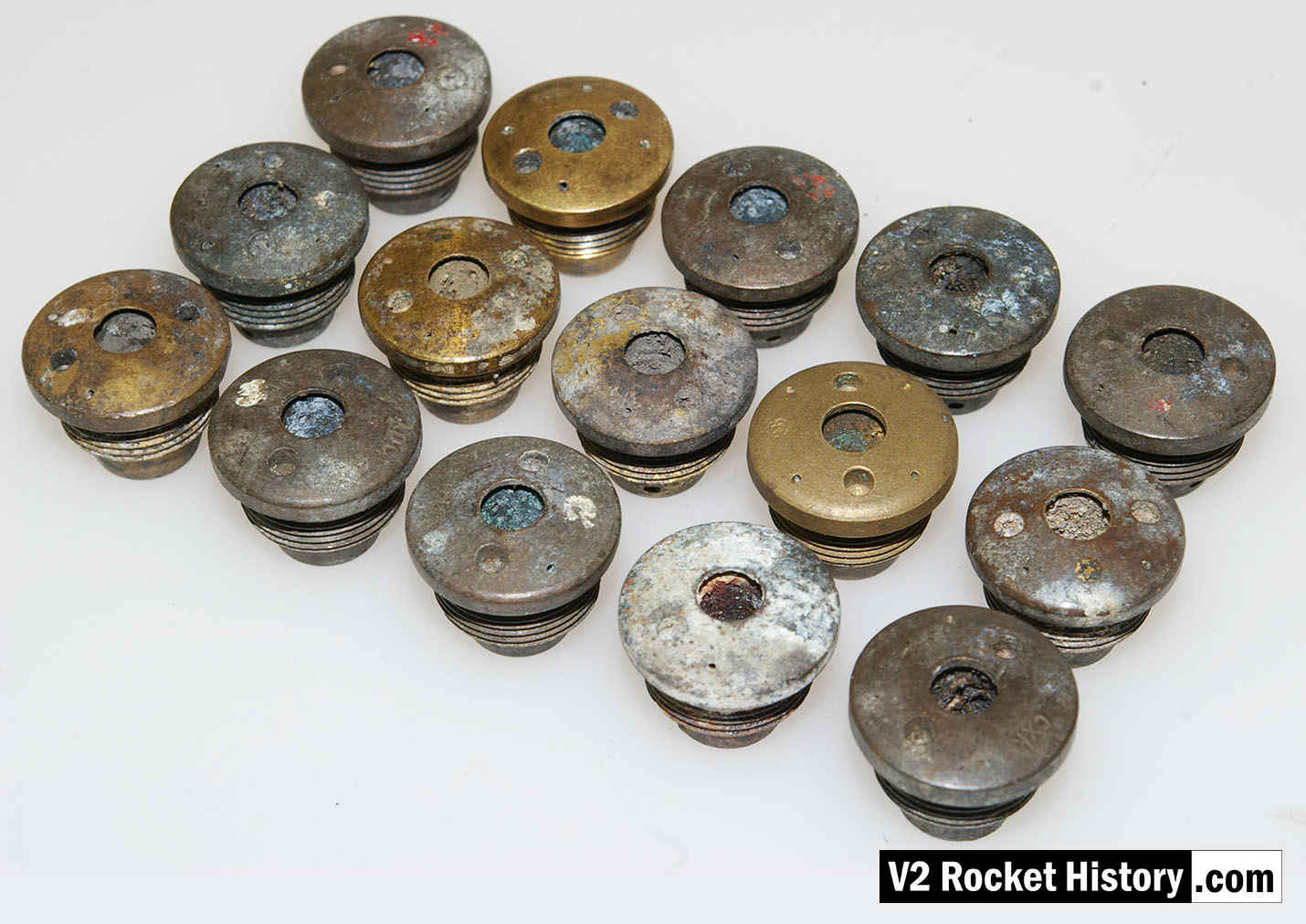
Sample set of 3303D type fuel injector inserts that were found in Peenemünde in part of a group that were bunched together in a space about 300mm in diameter with the remains of packaging. They appear to be manufacturing samples and and some have been graded with numbers 1,2,3, as well as with red and white paint to show the burner cup echelon position (C or D). Five different manufacturers are represented in this group. V2RH collection image
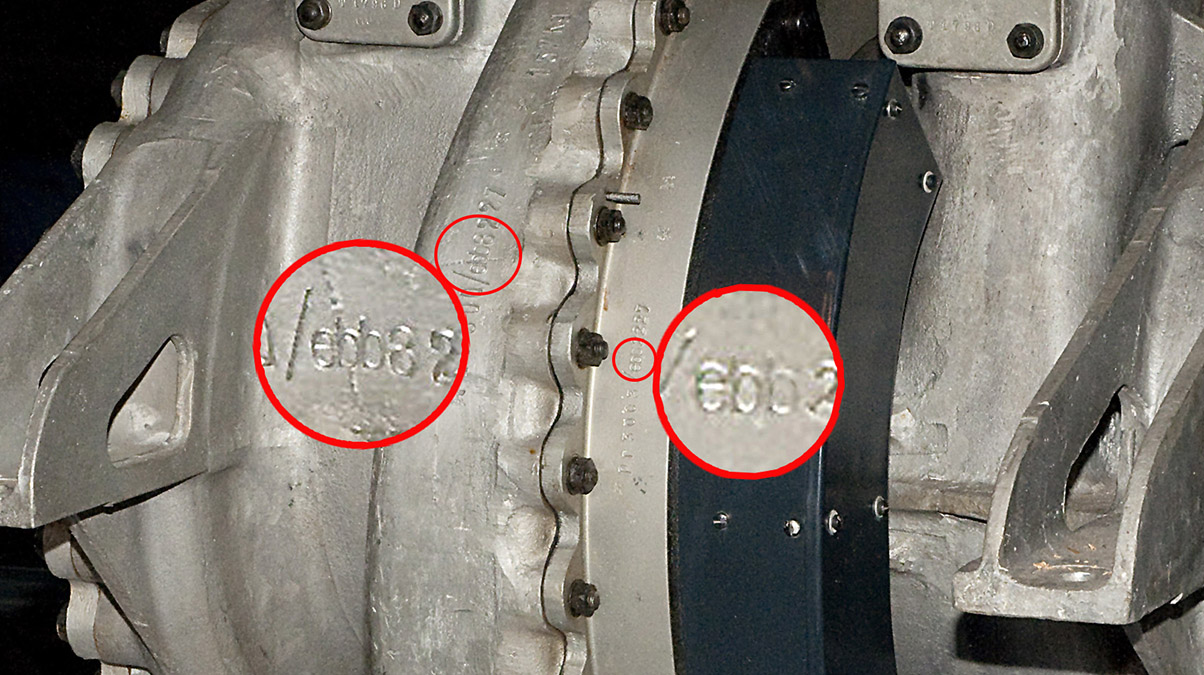
A complete V2 rocket turbo-pump on public display in the USA at the Smithsonian National Air and Space Museum in Washington DC showing Klein Schanzlin & Becker's wartime contractor armament code - ebb. Smithsonian National Air and Space Museum exhibit.
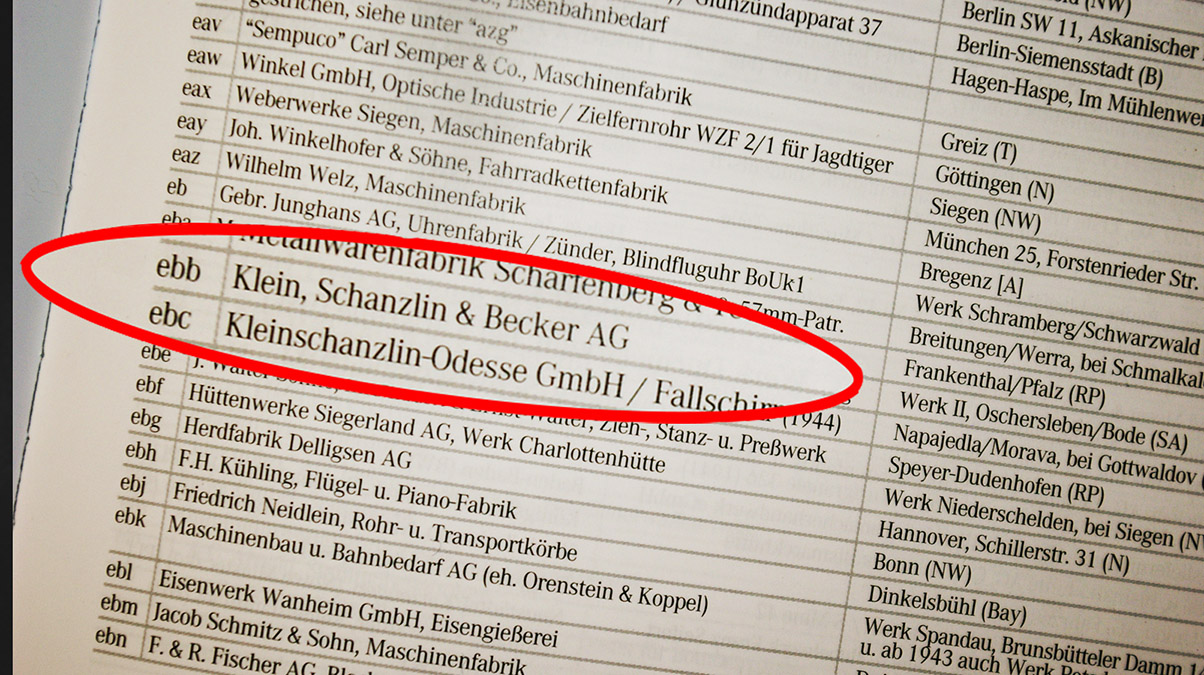
Page from the book, German Secret Armament Codes until 1945 by Michael Heidle (Visier Edition 2016) showing Klein Schanzlin & Becker's wartime contractor armament code - ebb and Klein Schanzlin Odesse as ebc. ISBN: 978-3-944196-18-3
| Album | Turbopump parts and relics |
| Category | Turbo-pump |
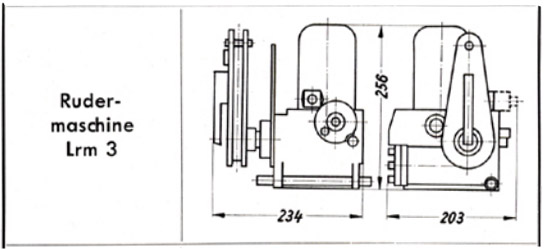
A schematic drawing of the Askania rudder servo 'Rudermaschine LRM 3'showing the critical compact dimentions of the device making it ideal for retro fit projects for smaller aircraft.
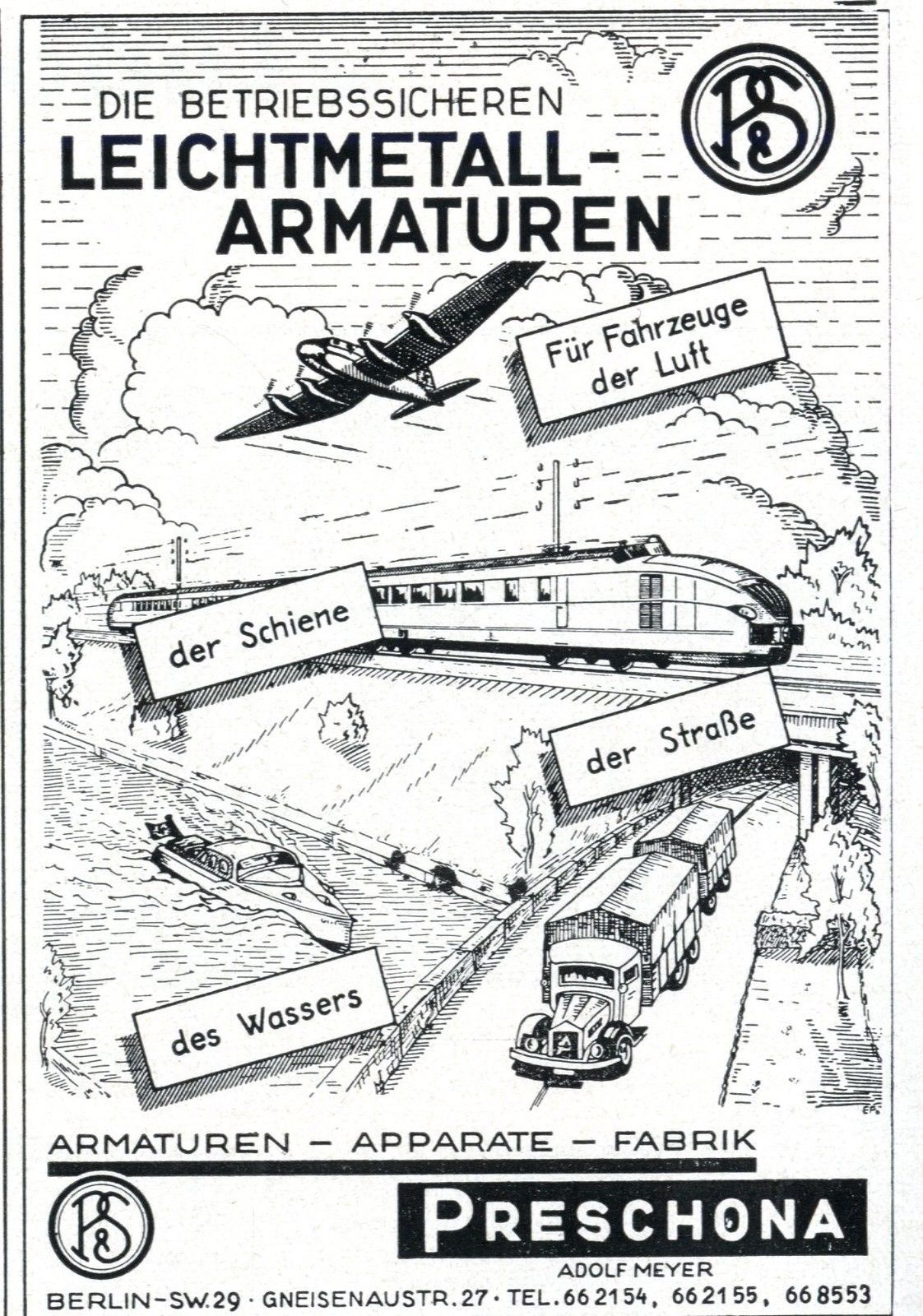
Trade literature advert for the Preschona company (Adolf Meyer) in Berlin, Germany. The company was a supply contractor and (among other items) manufactured the non-return valve for the steam turbine exhaust heat exchanger, employed to volatilise a small portion of liquid oxygen (LOX) to pressurise the LOX tank to maintain critical flow volume to the LOX turbo-pump.

